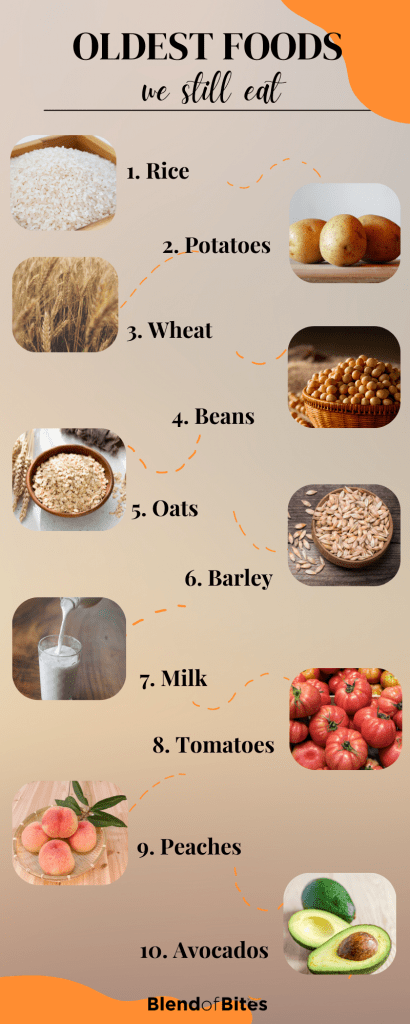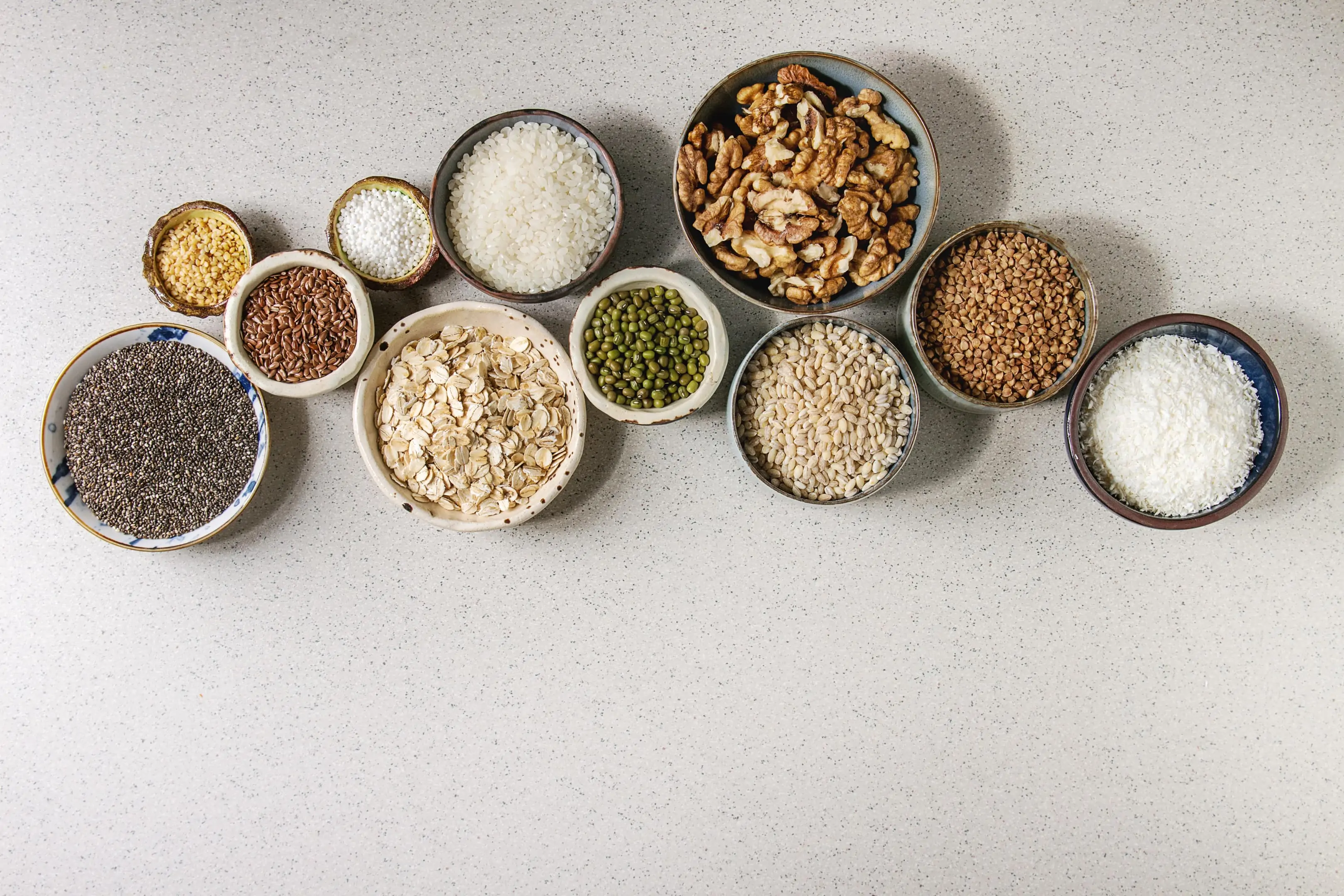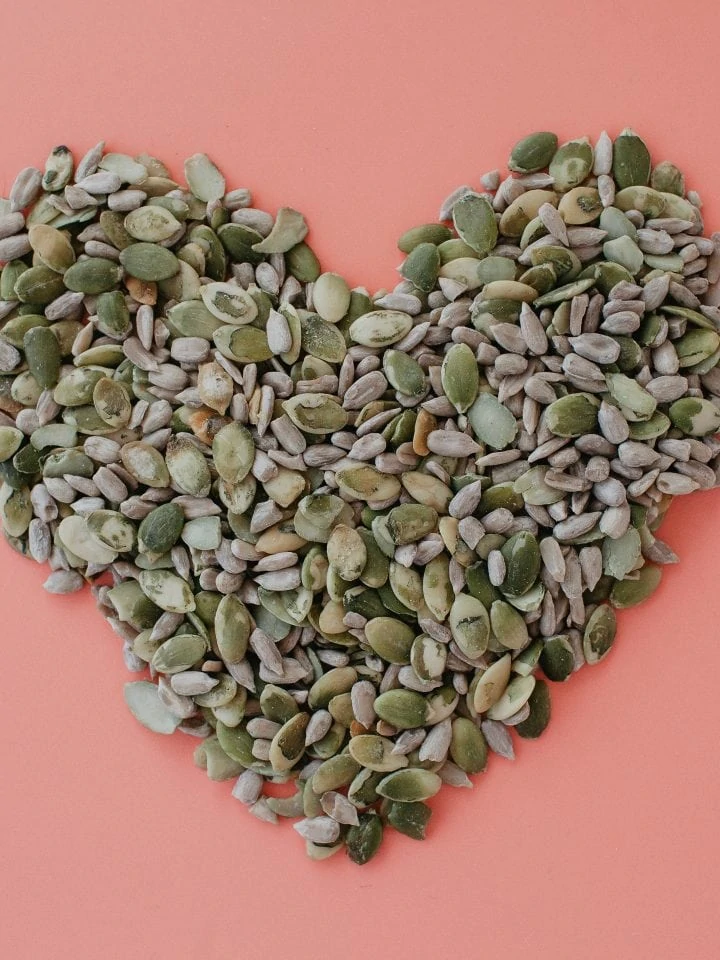People are more careful than ever when it comes to their diet nowadays, with seemingly new diets popping up one by one, all calculated for different needs and body types. However, excluding diets designed for people with specific medical conditions, most of them include the same staple foods you’ve been eating for a long time. In this article, we’ve explored the oldest foods we still eat, from rice to beans. You might be surprised to see some of your favorite foods on this list.

From hunting-gathering to farming
It is important to understand that the food culture we know today is only a few thousand years old. Most of the foods we eat today result from a dramatic shift in humans’ lives, the transition to farming from hunting-gathering. The transition from hunting-gathering to farming was probably not gradual but occurred in stages.
Farming requires much less time and effort than hunting-gathering. The food obtained through farming is much more consistent and predictable than what is obtained through hunting-gathering. Farming gives you a steady supply of food; you can spend your time doing other things.
Most of the food items on our list are the result of our transition to farming and include fruits and wheat that had to be cultivated manually and animal products that are the result of domestication.
Oldest foods we still eat

The oldest foods we still eat are as varied as the foods themselves. Some have been around for centuries, and others have just recently emerged in our food culture. Here is a list of some of the oldest foods that we still eat today:
1. Rice
Rice is a staple food eaten by almost every culture. Although it is not the most consumed and produced grain in the world, it’s been around for thousands of years. The earliest recorded evidence of rice being cultivated dates back to 6,000 BC, and it’s believed that rice was first domesticated in China. Rice has been cultivated since then, and today it is grown all over the world. Several types of rice include white rice, brown rice, and basmati rice.
2. Potatoes
Potatoes are one of the oldest vegetables in the world. The potato was first domesticated in South America around 8,000 BC by indigenous people living there then. Potatoes were originally a significant food source for early humans as they were very easy to cultivate and had a high nutritional value (especially compared to other plant foods). Potatoes were spread to Europe by Spanish explorers and later introduced to North America. Potatoes are now cultivated all over the world, and they are one of the most commonly grown vegetables.
3. Wheat
Wheat is another staple food eaten by almost every culture on earth. It’s believed that wheat was first domesticated in Eastern Europe around 9,000 BC, although some historians believe it may have been domesticated even earlier in India and China. Today, wheat is one of the most widely grown crops in the world. There are several varieties of wheat, including durum wheat (used for pasta), hard red spring wheat (used for bread), soft white spring wheat (used for pastries), and durum semolina (used for making couscous).
4. Beans
Beans are another staple food that has been around for thousands of years. They have been cultivated since at least 8,000 BC when they were first domesticated in the Fertile Crescent region, which is now Iraq. Today, beans are grown all over the world, and they are a major source of protein and fiber. There are several varieties of beans, including kidney beans, navy beans, pinto beans, and lima beans.
5. Oats
Oats were first cultivated in China around 5,000 BC, but they were spread to Europe by Roman soldiers around 1,500 BC. Today, oats are grown all over the world, although they’re most commonly grown in Scotland and Ireland. Oats have been a staple food for humans for thousands of years because they have a high nutritional value and are easy to grow.
6. Barley
Barley was first cultivated around 8,000 BC in what is now Turkey by early farmers who lived there at that time. Barley has been used as a food source since then (although humans didn’t consume it until around 2,000 BC), and it’s still used as a food source today. There are several varieties of barley, including pearl barley (used for making beer), spelt, (used for making bread), and Kamut (used for making pasta).
7. Milk
Milk is one of the oldest foods that humans consume. It’s believed that the first domestication of cows occurred in what is now China around 10,000 BC. Cows were first used to produce milk, but it wasn’t until around 2,000 BC that people began to drink milk. Today milk is produced all over the world by cows raised on farms. There are several types of milk including, raw milk, organic milk, and factory-made milk.
8. Tomatoes
Tomatoes were first cultivated in what is now Peru around 8,000 BC by early farmers who lived there at that time. Tomatoes were later domesticated in Mexico and the Andes Mountains. Today, they are grown in more than 70 countries around the world. They are a very popular food item, especially in America.
9. Peaches
Peaches were first domesticated in China around 5,000 BC and were later brought to Europe by the Arabs in about 700 AD. Peaches are one of the most popular fruits worldwide. They can be eaten fresh or made into jams and jellies, or dried or canned for later use. The tree is native to China and Japan.
10. Avocados
Avocados were first domesticated in Mesoamerica around 2,500 BC by early farmers who lived there. Avocados are a popular fruit all over the world and they’re used as both a vegetable and a dessert food item. The tree is native to Mexico and Guatemala but has been cultivated elsewhere, including in Africa, India, and China.
Conclusion
Since the dawn of humanity, our dietary habits have evolved dramatically. The most drastic change in our eating has been the transition from hunting-gathering to farming. Farming provided many advantages that included more consistent and predictable food output, resulting in a much more balanced diet. Agriculture produced most of the oldest foods we still eat — rice, barley, milk, and oats.

A writer passionate about wellness, nutrition, and intentional living. She creates engaging, research-based content that empowers readers to live healthier lives. Through every article, she brings clarity, inspiration, and a touch of everyday practicality. Read more about Juliana.







Comments
No Comments